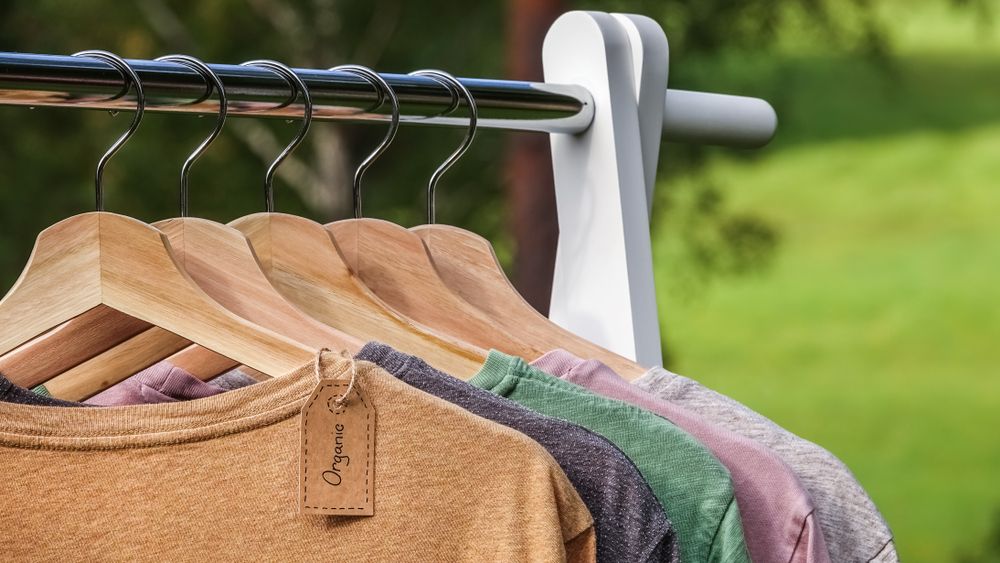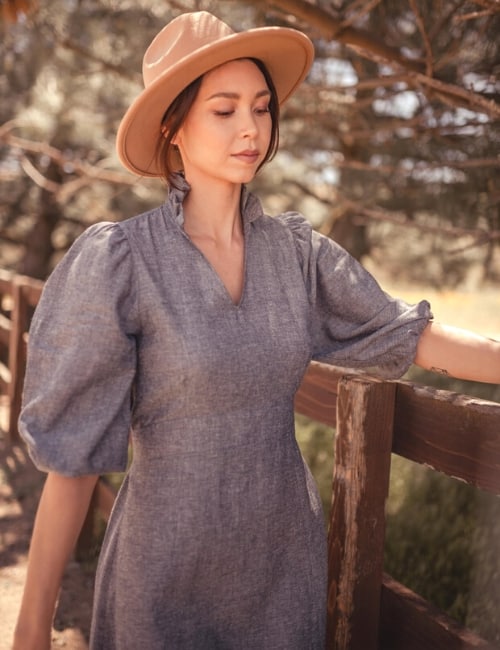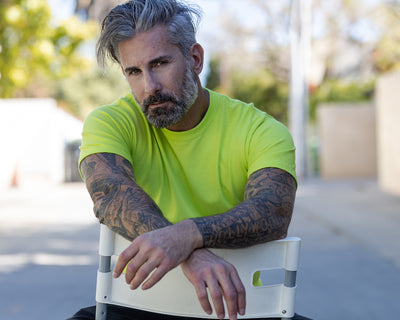Great Tips For Choosing Bamboo Clothes
Wiki Article
Why Is Hemp More Biodegradable, Durable And Regenerative Than Cotton, For Instance?
Hemp because of its natural properties as well as the method of growing it, is considered to be more durable and renewable than cotton. Here's why- Biodegradability-
Natural FiberNatural Fiber Hemp fibers are made from a plant that is biodegradable. Textiles and clothing made from hemp naturally decompose when discarded. They are returned to nature, leaving no lasting residue. Compare this to synthetic fibers like polyester, which can require hundreds of years to decompose.
Hemp Textiles Lack Synthetic Additives They do not contain synthetic additives. Hemp fibers typically don't contain synthetic additives. Contrary to cotton fabrics, which might contain chemical compounds made from synthetic materials (such as dyes or finishers) that can inhibit biodegradation, hemp textiles aren't.
Durability-
Hemp fibers have a reputation for strength and durability. Hemp clothes are less likely than cotton to wear out, so it lasts longer. This means that hemp clothing can last longer before showing indications of wear and wear and tear.
less prone to Pilling- Hemp fabric is less susceptible to pilling (the creation of small, fuzzy balls on the surface of the fabric) in comparison to cotton. This attribute contributes their longevity and high-quality.
Regenerative Agriculture-
Health of the soil Hemp farming has regenerative qualities when it is practiced sustainably. Hemp cultivation sustainably has a deep-rooted system which will prevent compaction of the soil. This system of roots assists in preventing erosion. This regenerative element will help keep the soil in better shape for future crop production.
Low environmental impact - Sustainable hemp cultivation techniques often use minimal pesticides or herbicides in order to minimize environmental damage. Contrary to conventional cotton farming, the use of synthetic chemicals can lead to soil degrading and pollution of the water.
Water Efficiency-
Hemp usually requires less than cotton to thrive. Hemp's drought-resistant characteristics enable it to flourish even in conditions of minimal irrigation or rainfall. This makes it an excellent option for areas that have only a limited supply of water.
Hemp is a simple crop to incorporate in crop rotations to improve the health of soil. It also decreases the likelihood of accumulating disease and soil loss. Crop rotation in cotton farming is not as frequent.
Hemp is a versatile plant that can be used in a variety of ways, such as to make clothing, textiles, or building materials. Hemp is grown in many ways that include renewable and sustainable.
It's crucial to understand hemp is a wonderful product, but it can also be unsustainable, depending on the farming and processing practices. The benefits for the environment of hemp can be enhanced by choosing hemp products that are made responsibly and in accordance with environmentally friendly methods. Organic cotton may also help reduce environmental issues that come with traditional production. Read the top rated https://www.koraoutdoor.com/blogs/all/unveiling-natures-performance-hemp-activewear for site tips including hemp cotton fabric, women's all seasons hemp canvas bomber hoody jacket, hemp jeans, hemp tank top, patagonia hemp pants, hemp denim, nomad hemp clothing, patagonia volley shorts, hemp jacket, patagonia island hemp pants and more.

What Is The Benefit Of Hemp Clothing In Terms Of Functionality And Performance Than Traditional Fibres.
Hemp clothing comes with a number of technical and functional advantages over other fabrics, as well as being eco-friendly. Here are a few ways in which hemp clothing is an eco-friendly, high-performance product in terms of moisture wicking and breathability-
Hemp fibers are extremely absorbent and moisture-wicking. This makes hemp clothing suitable to wear in a variety of conditions. They help to wick away water, which keeps the wearer cool and dry in the heat of summer.
Temperature Regulation
Hemp clothing is extremely thermoregulatory properties. It helps keep your body warm by storing warmth close to you, and can also help you to stay cool in hot temperatures. This natural control of temperature can reduce the need to change clothing frequently.
Longevity and durability-
Hemp is known for its strength. Hemp clothing is more durable and able to wear than clothes composed of other fibers such as cotton. This makes hemp clothing will last longer, reducing the need for replacements and, therefore the environmental impact.
UV Protection
Hemp fibers protect skin from UV radiation, providing natural UV protection. This benefit is especially useful when you are doing outdoor sports or activities.
Biodegradability:
Hemp clothes are biodegradable, meaning it degrades naturally over time when disposed of. It's an excellent method to reduce the amount of textile waste and the impact on the environment.
Low Environmental Impact
Hemp cultivation typically requires fewer synthetic herbicides and pesticides as than conventional cotton. It is also environmentally green since it uses less. The eco-friendly aspects are further enhanced by organic farming.
Carbon Sequestration-
Hemp can be utilized to absorb CO2 from the atmosphere. In turn, hemp cultivation is an carbon sink, which helps to lower greenhouse gas emissions.
Sustainability and Crop Rotation-
Hemp can be incorporated into crop rotation systems, improving the overall health of soils and decreasing the chance of soil loss and the buildup of disease. The eco-friendliness of hemp is enhanced through this method of sustainable farming.
Versatility:
Blending hemp fibers with other natural materials like organic cotton or recycled polyester could create high-performance, eco-friendly fabric blends. This flexibility allows it to create eco-friendly and sustainable fabrics.
Low Toxicity
Hemp fibers are naturally low in toxicity and do not require a lot of chemical processing during production, which reduces the environmental impacts of the production of textiles.
It is crucial to be aware that, while hemp has numerous eco-friendly and functional benefits but its sustainability overall is dependent on other factors like the process of dyeing, transport and ethical practices for work. If you're interested in making an the right choice for the environment choose a clothing company that prioritize sustainability and transparency by using hemp fibers and other sustainable materials in their products. View the top hemp clothing for blog advice including hemp apparel wholesale, patagonia island hemp pants, hemp clothing womens, hemp fleece fabric, hoodlamb coat, dash hemp clothing, mens hemp trousers, patagonia double knee pants, patagonia ranch jacket, patagonia island hemp pants and more.

What are the major differences between hemp and bamboo fibers
Bamboo and hemp are two distinct plant-based fibres used in the production of textiles each with their own unique characteristic and characteristics. These are the key differences in hemp and bamboo fibers. Plant Source-
Hemp- Hemp fibers are made from the stalks of the hemp plant, particularly from the bast fibers on the outside. Hemp is an adaptable and rapid-growing plant that has been utilized in a variety of ways over the years.
Bamboo fibers are produced from bamboo pulp. Bamboo is a fast-growing grass species renowned for its rapid growth and sustainable nature.
2. Fiber Characteristics
Hemp- Hemp fibers are known for their durability and strength. They are the most durable of all natural fibers. Each time they wash them, they soften and more flexible, making them ideal for textiles that last for a long duration.
Bamboo fibers are soft and silky with a smooth, silky texture. They are not as strong as hemp fibers and can be more delicate, but they are prized for their suppleness against skin.
3. Texture and Feeling
Hemp fabric is a bit coarse and has a rough feel. This is evident in its raw state. It is comfortable but is different from bamboo.
Bamboo fabric is smooth and silky. It's extremely soft. It's described as feeling like a mix of silk and cotton, which makes it extremely comfy to wear.
4. Dryness and Breathability-
Hemp- Hemp fabrics are naturally moisture-wicking. This allows for more air circulation, and also absorbs water. They can keep you dry and cool during hot weather.
Bamboo fibers also have the ability to remove water and are extremely breathable. Micro-gaps in the fabric enhance the ability of bamboo to regulate humidity and temperature which allows you to remain at ease in all conditions.
5. Environmental Impact-
Hemp- Hemp is considered as an eco-friendly fibre due to its minimal water requirements quick growth rate, rapid growth, and resistance to pests, reducing the need for pesticides and herbicides. Hemp can also eliminate carbon dioxide from the air as it expands.
Bamboo is considered to be an environmentally friendly material. It is fast-growing and requires less water, and can be grown without pesticides or herbicides. Some bamboos are considered sustainable, such as Moso bamboo.
6. Processing-
Hemp- Hemp requires extensive processing to separate its bast fibers (outer woody core) from the inner woody fibers. Processing can include retting, decoration, and mechanical separation.
Bamboo Fibers- Bamboo fibers are obtained via a chemcial process referred to as the viscose/rayon process. The process involves breaking down bamboo pulp. This process can be harmful to the environment if it is not handled responsibly. However, certain bamboo textiles employ closed-loop methods that help reduce the amount of chemical waste.
7. Versatility-
Hemp Fibers- Hemp fibers can be used for a variety of applications, including clothes, textiles paper, building materials.
Bamboo- Bamboo is typically used to make clothing and textiles. However, it can also appear in other products like bed linen and towels.
Both bamboos and hemps provide benefits in terms of sustainability and unique characteristics. It's all about what you're looking for in a material and how eco-conscious you are. Read the recommended bamboo clothing examples for more advice including bamboo jeans, shakuhachi clothes, bamboo onesies, bamboo workout clothes, bamboo clothing, bamboo shorts mens, short bamboo, mens boxer shorts bamboo, bamboo trousers mens, bamboo exercise clothing and more.
